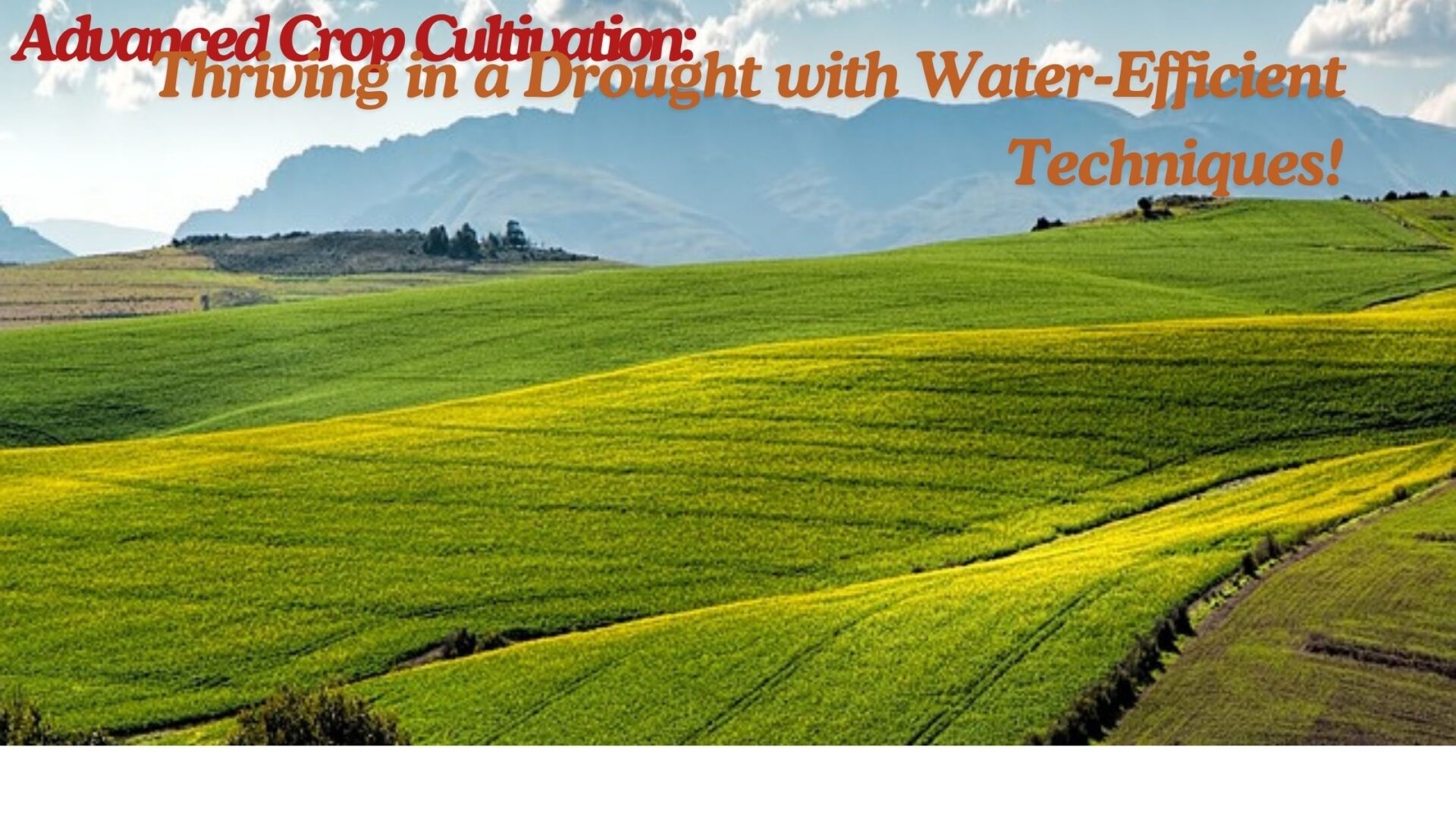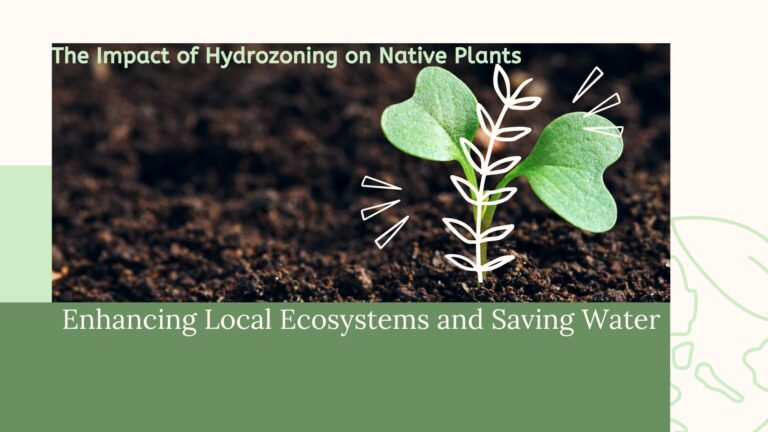Introduction:-
Advanced Crop Cultivation: Thriving in a Drought with Water-Efficient Techniques
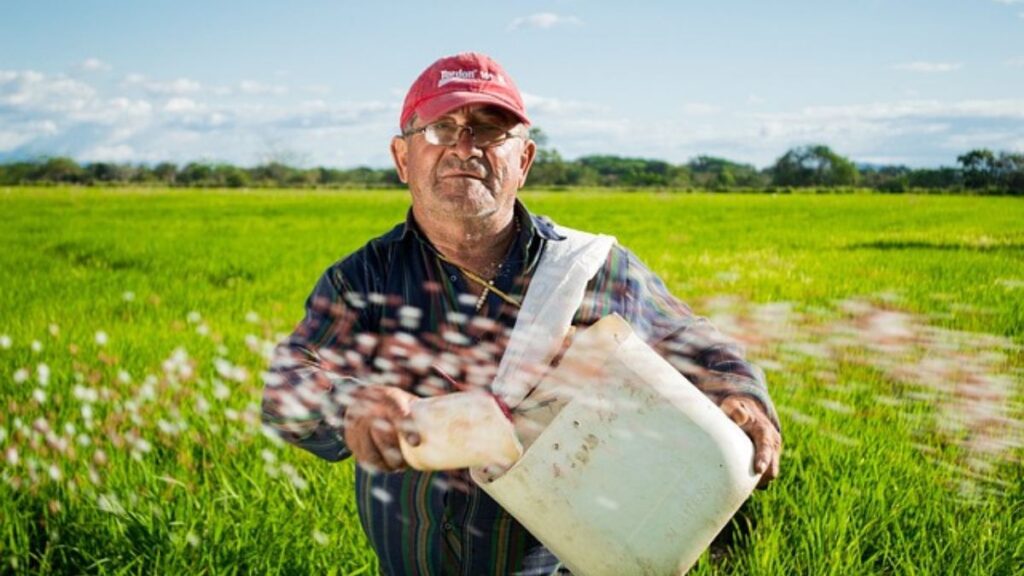
As the effects of climate change unfold, global weather patterns undergo significant shifts, leading to increasingly common and severe drought conditions. This poses a substantial challenge for farmers, who must navigate the difficult task of maintaining crop yields and quality with diminishing water availability. However, innovative solutions are emerging in the form of advanced agricultural technologies and progressive farming practices. In this blog post, we delve into an exploration of various water-saving techniques that hold promise for successful crop cultivation even during challenging drought conditions.
Advanced Crop Cultivation
Strategies for Efficient Water Management in Agriculture
Water scarcity and drought pose significant challenges to global agriculture. To address these issues, farmers can adopt various water-saving practices and technologies:
1. Drip Irrigation Systems:
Drip irrigation is a precise and efficient method that delivers water directly to plant roots through a network of tubes and emitters. This technique minimizes water loss due to evaporation and runoff, ensuring optimal water utilization and crop productivity.
Benefits:
- Reduces water usage by up to 50% compared to conventional irrigation.
- Improves crop yield and quality by providing consistent moisture levels.
- Minimizes weed growth by limiting water distribution to the root zone.
2. Mulching:
Covering the soil with organic or inorganic materials such as straw, wood chips, or plastic is known as mulching. This practice helps retain soil moisture, regulate temperature, and reduce evaporation, conserving water and enhancing crop growth.
Benefits:
- Conserves soil moisture by reducing evaporation rates.
- Suppresses weed growth, preventing competition with crops for water.
- Improves soil fertility and structure when organic mulches decompose.
3. Drought-Resistant Crop Varieties:
Advances in plant breeding and biotechnology have resulted in the development of drought-resistant crop varieties. These crops are genetically modified or selectively bred to enhance their water-use efficiency and tolerance to dry conditions.
Examples:
- Drought-tolerant maize and sorghum.
- Water-efficient wheat and rice varieties.
- Resilient vegetable crops like tomatoes and peppers.
4. Soil Moisture Monitoring:
Using soil moisture sensors and monitoring systems provides farmers with real-time data on soil moisture levels. This information helps to make informed irrigation decisions, preventing over-irrigation and under-irrigation, optimizing water usage, and improving crop health and yield.
Benefits:
- Prevents water wastage and enhances crop productivity.
- Conserves water resources by ensuring efficient irrigation.
- Maintains optimal soil moisture levels.
5. Conservation Tillage:
Conservation tillage practices, such as no-till or reduced-till farming, help maintain soil structure, organic matter, and water-holding capacity. This approach reduces erosion, improves soil health, and enhances water conservation.
Benefits:
- Increases soil moisture retention.
- Reduces water runoff and soil erosion.
- Promotes soil biodiversity and health.
6. Rainwater Harvesting:
Rainwater harvesting systems capture and store rainwater for later use in irrigation. This practice supplements water supplies during dry periods, reduces reliance on groundwater or municipal sources, and promotes sustainable water management.
Benefits:
- Provides an alternative water source during droughts.
- Lowers demand on strained water resources.
- Reduces irrigation costs and promotes sustainability.
What are the latest advancements in agricultural technology for drought-prone areas?
In drought-prone regions, agricultural technology aims to optimize water usage, improve crop resilience, and use data-driven strategies to address the threat of drought.
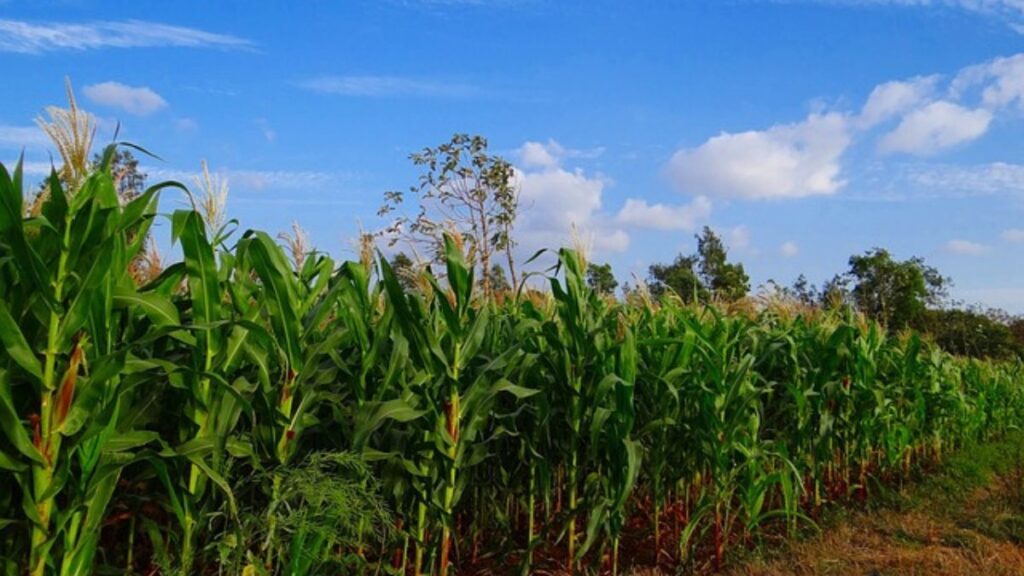
Some of the essential innovations include:
Precision Agriculture:
- Utilizes GPS, IoT, and data analytics to optimize farming practices.
- Soil sensors, weather stations, and drones provide real-time data for informed decisions on irrigation and crop management.
Drip and Micro-Irrigation Systems:
- Deliver water directly to plant roots, minimizing evaporation and runoff.
- Highly efficient, reducing water usage compared to traditional methods.
Drought-Resistant Crop Varieties:
- Advancements in plant breeding and genetic engineering have led to drought-resistant crops.
- Designed to withstand water stress and maintain productivity under drought conditions.
Smart Irrigation Systems:
- Use real-time data and automation to optimize watering schedules.
- Integrate with weather forecasts and soil moisture data for responsive irrigation.
Hydrogel Soil Additives:
- Water-absorbing polymers added to soil improve water-holding capacity.
- Retain moisture in the root zone, making water available during dry periods.
Rainwater Harvesting and Storage Systems:
- Collect and store rainwater for agricultural use, ensuring availability during dry spells.
- Advanced storage systems and distribution networks maximize water use.
Climate-Resilient Farming Practices:
- Conservation tillage, cover cropping, and agroforestry maintain soil health and moisture levels.
- Enhance the overall resilience of farming systems to drought.
Vertical and Indoor Farming:
- Designed to use water very efficiently, often relying on hydroponics or aeroponics.
- Minimal water usage, controlled environment reduces water loss, and year-round production.
Advanced Biotechnology:
- Develops crops that can thrive in low-water conditions through techniques like CRISPR gene editing.
- Genetically modified organisms (GMOs) with drought resistance, CRISPR-edited crops for water efficiency, and biotech-based soil amendments.
Digital Platforms and Apps:
- Provide farmers with access to information and tools for better water resource management.
- Offer weather forecasts, irrigation schedules, and crop management tips.
By adopting these innovative technologies, farmers in drought-prone areas can enhance water efficiency, maintain crop yields, and adapt to changing climate conditions, ensuring sustainable agriculture for future generations.
What are some examples of successful drought-resistant crops?
Significant progress has been achieved in developing drought-resistant crops through different approaches like selective breeding, genetic engineering, and biotechnology. Here are notable examples of successful drought-resistant crops, along with their key traits:
Examples of Drought-Resistant Crops:
1. Drought-Tolerant Maize (Corn):
- DroughtGard: Genetically modified maize variety containing the CspB gene from Bacillus subtilis, enabling it to maintain yield under drought conditions.
- DTMA (Drought Tolerant Maize for Africa): Collaborative effort to develop and distribute drought-tolerant maize varieties across Africa.
2. Drought-Resistant Wheat:
- HB4 Wheat: Genetically modified wheat variety with a sunflower gene HaHB4, improving drought tolerance.
- Drought Tolerant Wheat for Africa (DTWA): Project aiming to develop wheat varieties resilient to drought and heat stresses, benefiting African farmers.
3. Drought-Tolerant Rice:
- Sahbhagi Dhan: Suitable for rainfed lowland areas in India, developed by the International Rice Research Institute (IRRI) and partners.
- NERICA (New Rice for Africa): Collection of rice varieties offering drought tolerance and high yields, derived from African and Asian rice species.
4. Drought-Resistant Sorghum:
- Hybrid Sorghum Varieties: Bred by companies like Pioneer Hi-Bred and Advanta, widely used in arid and semi-arid regions.
5. Drought-Resistant Millet:
- Pearl Millet Varieties: Developed by the International Crops Research Institute for the Semi-Arid Tropics (ICRISAT), suitable for semi-arid regions of Africa and India.
6. Drought-Resistant Soybeans:
- Glycine max Varieties: Soybean varieties with enhanced root systems and physiological traits, improving water use efficiency and drought resilience.
7. Drought-Tolerant Cowpea (Black-Eyed Pea):
- Improved Varieties: Developed by the International Institute of Tropical Agriculture (IITA), suited to dry conditions of Sub-Saharan Africa.
8. Drought-Resistant Chickpeas:
- ICRISAT Varieties: Chickpea varieties tolerant to drought, suitable for dry environments in South Asia and Africa.
9. Drought-Tolerant Tomatoes:
- Hybrid Varieties: Companies like Monsanto and Syngenta have developed tomato hybrids suitable for cultivation in water-scarce regions.
10. Drought-Resistant Barley:
– ICARDA Varieties: Developed by the International Center for Agricultural Research in the Dry Areas, suited for arid regions.
Key Traits of Drought-Resistant Crops:
- Deep Root Systems: Enhanced root systems that access deeper soil moisture.
- Efficient Water Use: Improved physiological traits reducing water loss and increasing water use efficiency.
- Stress-Responsive Genes: Genetic modifications or natural traits that help plants survive and maintain productivity under water stress.
These drought-resistant crops play a vital role in ensuring food security and sustainable agriculture in regions prone to water scarcity and erratic rainfall due to climate change.
What are the environmental impacts of using less water in crop cultivation
Environmental Impacts of Efficient Water Use in Agriculture
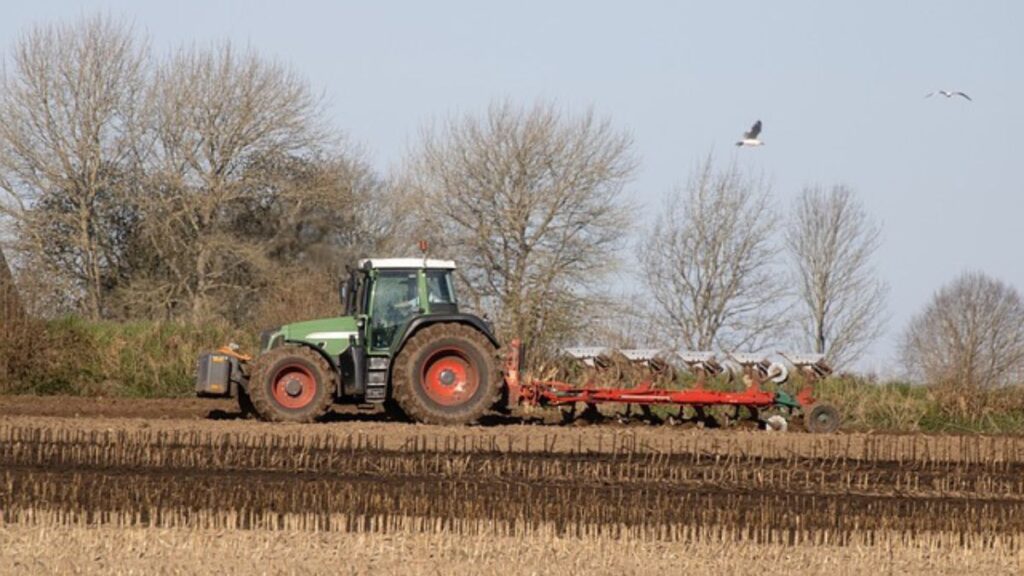
Using less water in crop cultivation can have multiple positive environmental effects, contributing to sustainable agricultural practices. Here are key benefits to consider:
1. Water Conservation:
- Impact: Reduced water usage preserves valuable freshwater resources.
- Benefits: Ensures availability for drinking, sanitation, and ecosystems.
- Example: Drip irrigation can cut water consumption by up to 50%.
2. Improved Soil Health:
- Impact: Less frequent watering prevents soil erosion and degradation.
- Benefits: Maintains soil structure and fertility for healthy plant growth.
- Example: Conservation tillage and mulching retain soil moisture.
3. Reduced Water Pollution:
- Impact: Minimizing water use reduces agrochemical runoff into water bodies.
- Benefits: Prevents contamination of aquatic ecosystems and harmful algal blooms.
- Example: Precision agriculture optimizes input application, reducing excess runoff.
4. Lower Energy Consumption:
- Impact: Less water often means lower energy use for irrigation.
- Benefits: Reduces greenhouse gas emissions from energy production.
- Example: Solar-powered irrigation systems minimize the carbon footprint.
5. Enhanced Biodiversity:
- Impact: Efficient water use preserves natural water bodies’ ecological balance.
- Benefits: Supports habitats, promoting biodiversity and resilience.
- Example: Riparian buffer zones sustain rich biodiversity.
6. Mitigation of Soil Salinization:
- Impact: Over-irrigation can lead to soil salinization, degrading soil quality.
- Benefits: Efficient water use prevents salt accumulation, preserving soil health.
- Example: Irrigation matching crop water needs reduces salinization risk.
7. Increased Resilience to Climate Change:
- Impact: Efficient water use enhances farming resilience to climate variability.
- Benefits: Supports sustainable crop production under changing climatic conditions.
- Example: Drought-resistant crop varieties can sustain yields during dry periods.
8. Reduction in Groundwater Depletion:
- Impact: Less irrigation water reduces groundwater extraction, maintaining aquifer levels.
- Benefits: Ensures long-term water availability, preventing land subsidence and well drying.
- Example: Rainwater harvesting and managed aquifer recharge complement irrigation.
9. Better Air Quality:
- Impact: Lower irrigation water usage decreases the need for water transport.
- Benefits: Reduces pollutant and particulate emissions, improving air quality.
- Example: Utilizing local water sources and gravity-fed irrigation minimizes fuel use.
10. Sustainable Agricultural Practices Promotion:
- Impact: Efficient water use encourages the adoption of other sustainable farming practices.
- Benefits: Creates a holistic approach to sustainability, improving agriculture’s environmental footprint.
- Example: Water-efficient farmers are more likely to adopt other conservation practices.
By adopting water-efficient practices, farmers can reduce their environmental impact while maintaining productivity and contributing to agriculture’s sustainability in the face of water scarcity and climate change.
Conclusion
Farmers can improve crop yields and resilience in drought-prone areas by using water-efficient techniques, including irrigation methods, drought-resistant crops, and sustainable practices. These strategies are critical for food security and sustainable agriculture in a changing climate.
References:
- Food and Agriculture Organization (FAO)
- FAO. (2012). “Coping with Water Scarcity: An Action Framework for Agriculture and Food Security.” Retrieved from FAO Website
- International Water Management Institute (IWMI)
- IWMI. (2010). “Improving Water Use in Rainfed Agriculture: Issues and Options in Water-Constrained Production Systems.” Retrieved from IWMI Website
- Environmental Protection Agency (EPA)
- EPA. (2021). “Agricultural Water Use Efficiency and Salinity.” Retrieved from EPA Website
- United States Department of Agriculture (USDA)
- USDA. (2019). “Conservation Practices to Reduce Soil Erosion and Improve Soil Health.” Retrieved from USDA Website
- International Food Policy Research Institute (IFPRI)
- IFPRI. (2017). “Precision Agriculture for Improved Water Use Efficiency in Agriculture.” Retrieved from IFPRI Website
